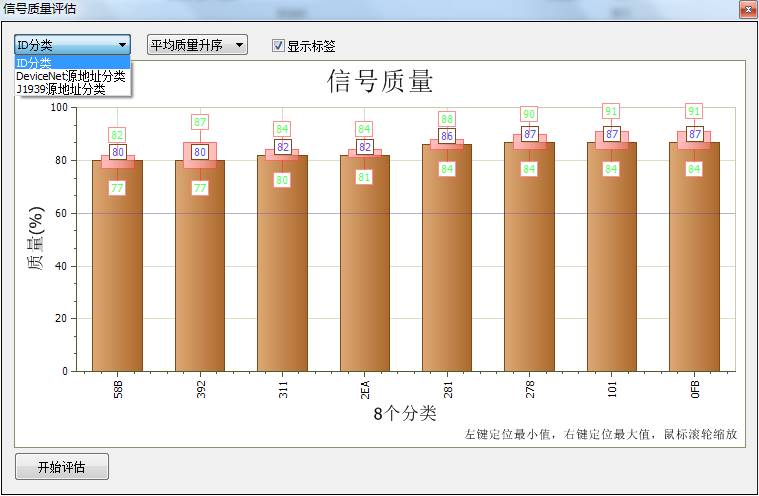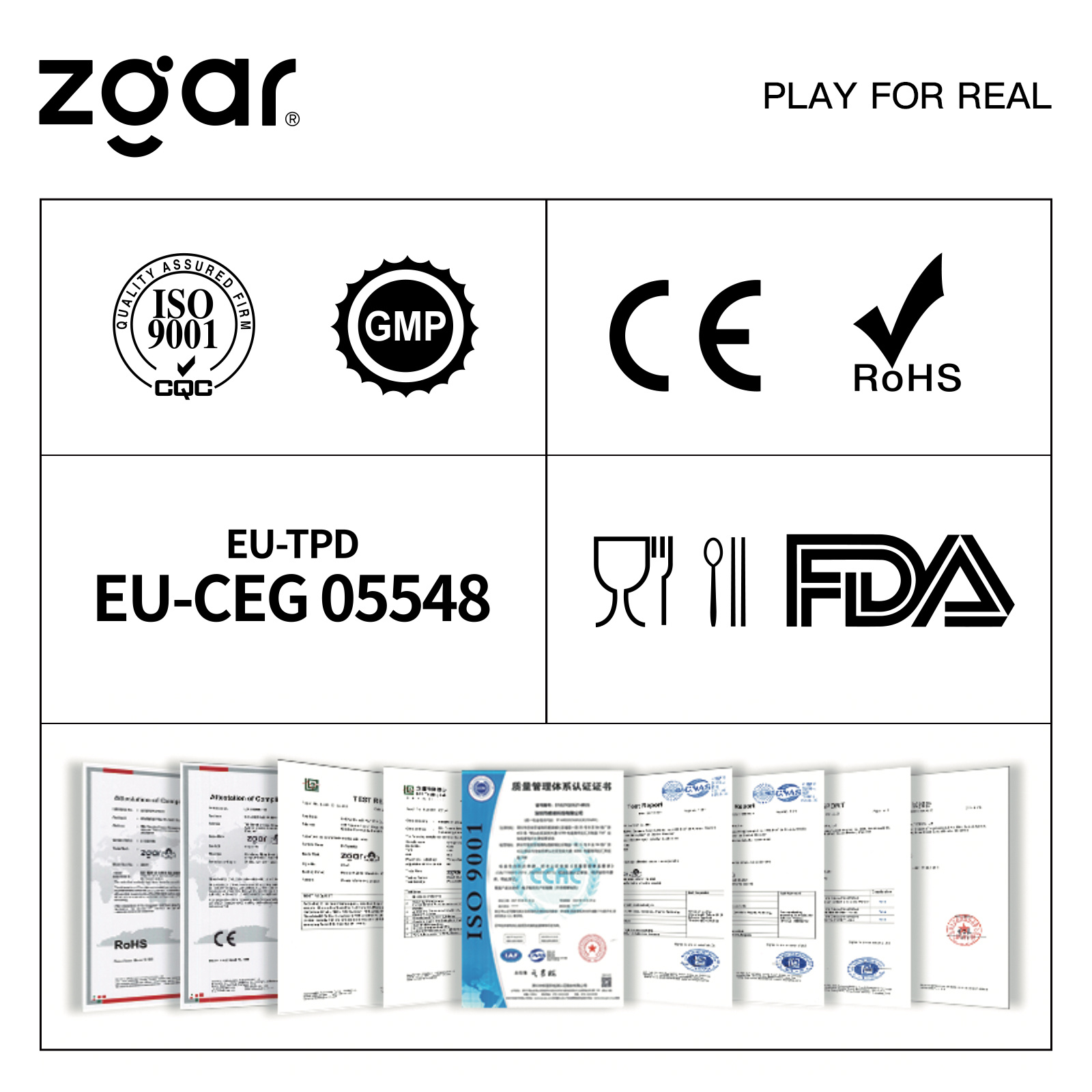The linear topology is the most common in the CAN bus routing specification. If the "T" branch connection in the linear topology is used, the branch length can not be greater than 0.3m according to the regulations. What should be done if a longer branch is needed?
First, CAN topology classification
CAN (controller area network) belongs to the field of industrial fieldbus and is a multi-master asynchronous serial communication network that effectively supports distributed control and real-time control. The topology of CAN network mainly includes linear topology, star topology, tree topology and ring topology. The characteristics of these topologies are shown in Figure 1.

Figure 1 CAN topology features
Second, linear topology wiring
In IOS-11898-2 there is a high-speed CAN physical layer specification, which recommends that the CAN network adopts a linear topology in the form of a bus. As shown in Figure 2, the linear topology CAN network uses a single channel (bus) as the transmission medium, and all stations pass The corresponding hardware interface is connected to a common bus. Linear topological impedance matching is relatively simple. It is only necessary to have appropriate termination resistance at both ends of the trunk (usually 120Ω in 2km).

Figure 2 Linear topology
Linear topology is the most common in CAN bus routing specifications. In linear topology, the most common is the “hand in hand†connection, as shown in Figure 3.

Figure 3 "Hand in hand" connection
However, in most industrial sites and track locomotives, due to the large number of overall cables, it is necessary to use terminal blocks for easy maintenance. Therefore, a "T" type branch connection will be used, as shown in FIG.

Figure 4 "T" type connection
Third, "T" type connection branch constraint
In the T-type wiring mode, there is a discontinuity in the impedance due to the accumulation of the branch length and the length of the branch, and thus the signal "reflection" occurs at the joint. The amount of reflected signal is determined by the amount of change in transient impedance. The greater the amount of change, the more severe the reflection. Negative phase reflection occurs at the branch, causing the signal level to undershoot. This undershoot may exceed the noise margin and cause false triggering. In order to avoid this, it is hoped that the reflected wave will return to the source as soon as possible, that is, the branch line should be as short as possible.
As shown in Figure 5, the branch length specified in IOS-11898-2 is not more than 0.3m at 1M baud rate. The 1M baud rate is the highest baud rate of CAN, so if the baud rate is other, the branch length is also Following the 0.3m specification, it can run stably.

Figure 5 “T†type network topology parameters
Fourth, how to determine the length of the branch
The length of the branch in IOS 11898-2 is specified at 1M baud rate. In some cases, it may not be possible to make a short branch. According to different baud rates, the branch length specification can be adjusted appropriately. What is the branch length at different baud rates? It is necessary to analyze the signal quality of the node and measure the signal quality of the node under different branch lengths to find a suitable branch length range.
As shown in Figure 6, the signal quality of the evaluation node needs to be measured by the minimum voltage amplitude, maximum voltage amplitude, signal amplitude, waveform rising edge time, waveform falling edge time, signal time, etc. of the node CAN differential signal. The indicators are specified in ISO 11898-2.

Figure 6 signal quality parameters
Signal quality assessment without professional tools is obviously a cumbersome task. To quickly judge the signal quality of a node, you can use CANScope's signal quality analysis plug-in for one-click analysis. The analysis plug-in automatically analyzes the waveforms sent by each CAN node, and then comprehensively scores them, and then visually displays the signal quality of each CAN frame ID through a histogram (as shown in Figure 7), thereby obtaining the signal of each node. Quality, quantitative evaluation of the physical layer quality of the node.

Figure 7 Signal quality histogram
ZGAR AZ MC Disposable
ZGAR electronic cigarette uses high-tech R&D, food grade disposable pod device and high-quality raw material. All package designs are Original IP. Our designer team is from Hong Kong. We have very high requirements for product quality, flavors taste and packaging design. The E-liquid is imported, materials are food grade, and assembly plant is medical-grade dust-free workshops.
Our products include disposable e-cigarettes, rechargeable e-cigarettes, rechargreable disposable vape pen, and various of flavors of cigarette cartridges. From 600puffs to 5000puffs, ZGAR bar Disposable offer high-tech R&D, E-cigarette improves battery capacity, We offer various of flavors and support customization. And printing designs can be customized. We have our own professional team and competitive quotations for any OEM or ODM works.
We supply OEM rechargeable disposable vape pen,OEM disposable electronic cigarette,ODM disposable vape pen,ODM disposable electronic cigarette,OEM/ODM vape pen e-cigarette,OEM/ODM atomizer device.


Disposable E-cigarette, ODM disposable electronic cigarette, vape pen atomizer , Device E-cig, OEM disposable electronic cigarette
ZGAR INTERNATIONAL TRADING CO., LTD. , https://www.zgarette.com
